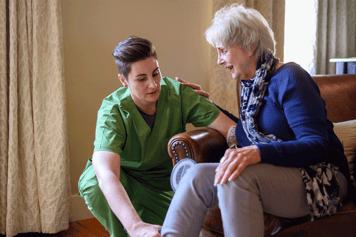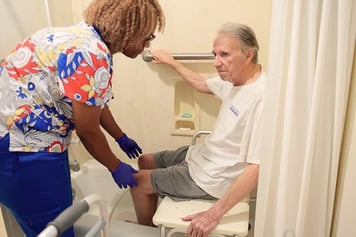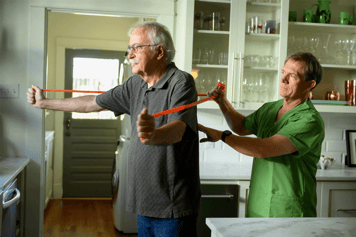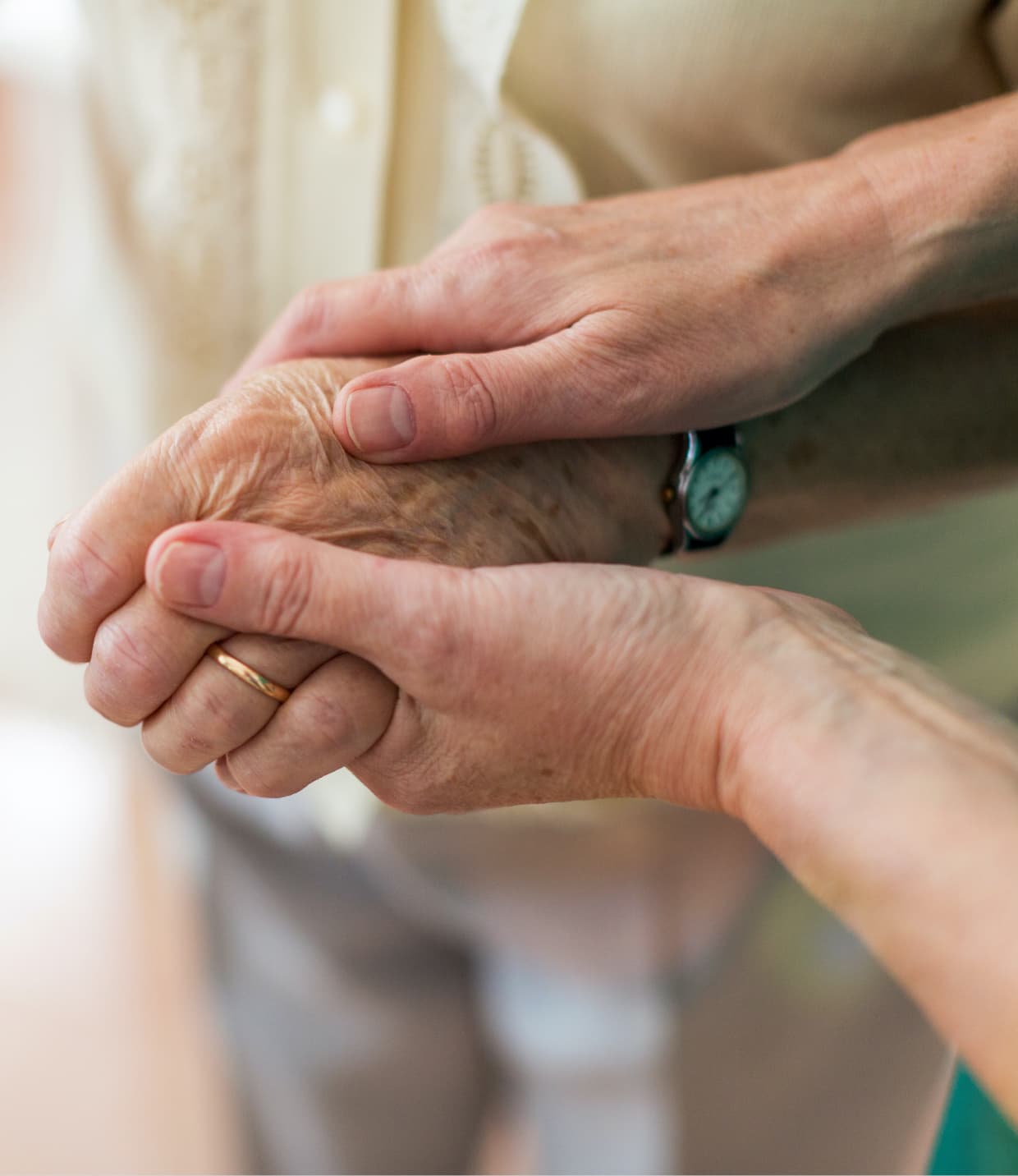An ounce of prevention is worth a pound of cure. If you’ve used that expression, or grew up hearing it, chances are you might be at risk for a fall. One out of four people aged 65 and older falls each year, and the consequences can be expensive hospital stays, disability or even death. And falling just once puts you at risk for future falls and injuries.
Besides just getting older, there are also a number of diseases that can contribute to falls, including Parkinson’s and other neurologic disorders, diabetes, heart disease, abnormal thyroid function and conditions that affect vascular supply to the legs and feet. In addition to all this, many medicines – or combinations of medicines - contribute to dizziness upon standing and sometimes to falls.
So, while we take the time to watch what we eat and stay away from smoking and other unhealthy habits, many times we overlook making fall prevention a priority. Actually, there are several easy steps you can take to reduce your chance of or prevent falls. While you may feel sure on your feet, it’s always a good idea to take that extra ounce of prevention.
What Are the Fall Risk Factors for the Elderly?
The first step to navigating how to reduce your likelihood of falling is a good assessment of your current health status. If you answer yes to just one of these questions, you could be at risk for a fall, with more affirmative answers increasing your risk.
- Have you fallen in the past year?
- Do you feel unsteady when standing or walking?
- Do you worry about falling?
How Can You Prevent Falls?
There are some fall prevention strategies you can put in place yourself, but it’s also important to talk to your doctor about falls. Your doctor can do a fall risk assessment and suggest a variety of fall precautions. Ask them to:
- Review your medicines to see if you’re taking something that makes you dizzy or sleepy. Ask your doctor if you are using the lowest effective dose of medicine and if you can change the time you take certain medications to reduce dizziness during the day.
- Check for vision or hearing problems, medical conditions and other issues that make you more likely to fall.
- Determine whether an assistive device, such as a walker or cane, might help you get around easier.
- Recommend an exercise program or physical activity such as tai chi to build your strength, balance and flexibility at a pace that is comfortable for you.
- Recommend a home health assessment to provide a comprehensive strength and functional mobility evaluation as well as assess your home for possible fall hazards. If your doctor establishes your eligibility for the Medicare home health benefit, you may have access to home health care services that can help prevent falls.
Is a Fear of Falling Affecting Your Quality of Life?
Some older adults are so afraid of falling that it can cost them their independence. Many older adults don’t realize they’ve changed their routine to accommodate their fear of falling. Sharing how you feel may help you work through your fears. It also educates your family and caregivers so they can help with your fall prevention strategy.
Even if they have not fallen in the past, a fear of falling and any subsequent injuries can lead to inactivity and balance problems that increase the risk of falling.

You don’t have to end up on the ground to classify a stumble as a fall. A fall includes landing on any lower level, not just the ground. If you try to get out of your chair, lose balance and fall back into the chair, that can be considered a fall. If you fall and catch yourself by grabbing furniture or leaning on a wall, it may be a fall. Even if you don’t get injured, any type of fall is a sign that you may need to take more fall precautions. Having your physician, caregivers and loved ones aware of your risk factors is critical in managing and decreasing your chances of falling.
Make Your Home Safer
More than 75% of falls occur at home, so let’s talk about preventing falls where you call home. An occupational therapist (OT) with a home health care agency can make suggestions on how you can modify your home to make it safer. In one study, researchers found that home modification recommendations made by an occupational therapist was the most effective clinical fall intervention compared to six other interventions they studied. For example, an OT might recommend for you or your family to:
- Remove fall hazards such as rugs, clutter or other things you could trip over
- Add grab bars or handrails near your toilet and shower/bathtub
- Add railings to the stairs
- Add lights or change lightbulbs to make sure you get enough light
Remember, preventing falls is not just about making physical changes; it’s also about creating a supportive environment where seniors feel confident and secure. It’s a combination of regular health checkups, managing medications, eliminating barriers and maintaining strength and mobility that will prevent falls in the elderly. Talk to your healthcare provider about ways to prevent falls and stay safely on your feet.
How Home Health Can Help Prevent Falls
Some home health companies like Amedisys offer specialized protocols to help patients reduce their likelihood of falling.
The Amedisys fall reduction program works to help you understand your fall risk, learn healthy self-care, improve your quality of life, avoid preventable falls, remain safe and independent in your home and reduce costly and unnecessary hospitalizations.
According to the CDC, as many as two-thirds of falls can be prevented using the evidence-based fall-reduction interventions our teams employ.
If you think you or a loved one may benefit from home health care, take our free home health assessment quiz for a personalized report or complete the form at the bottom of this page to connect with our team.





